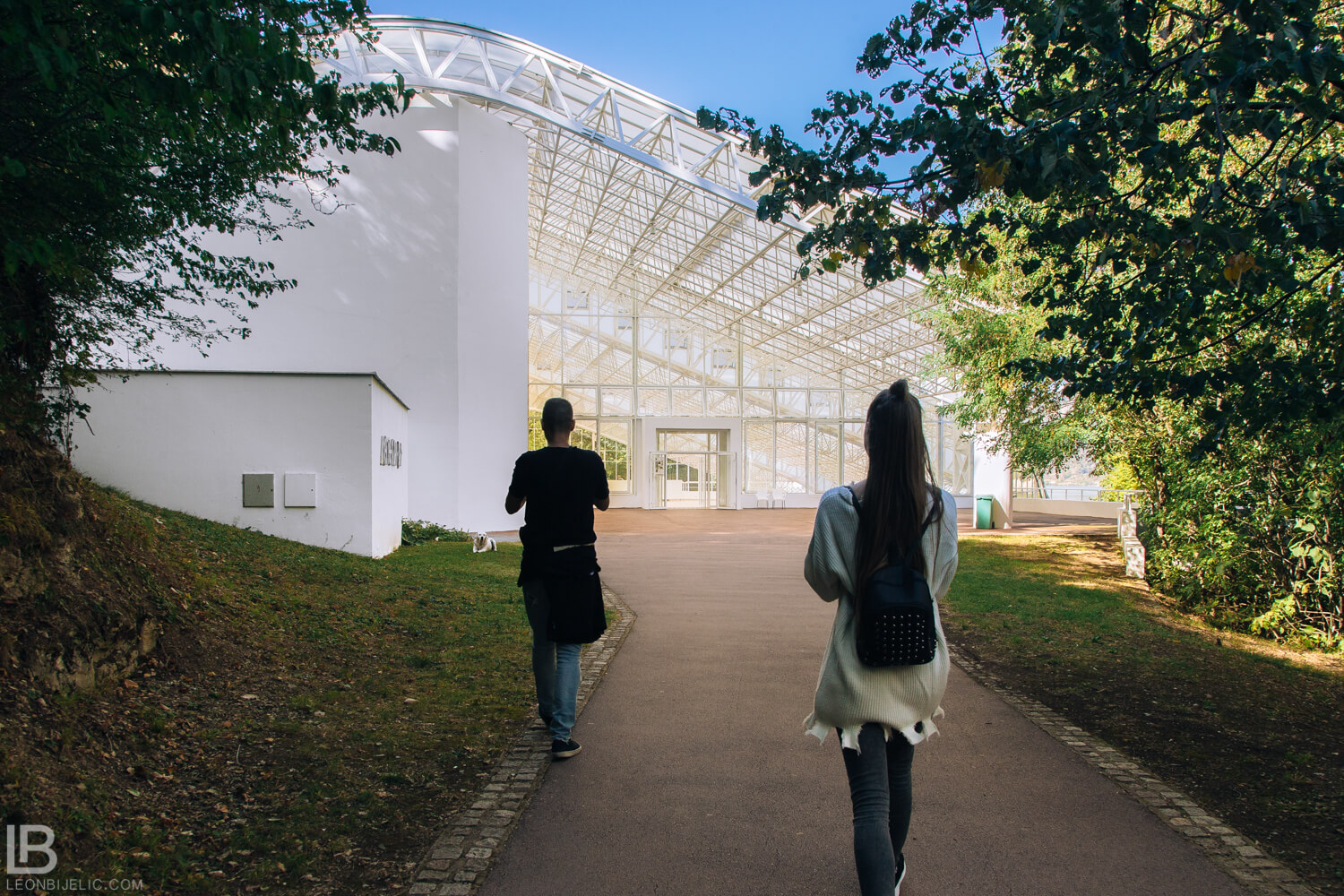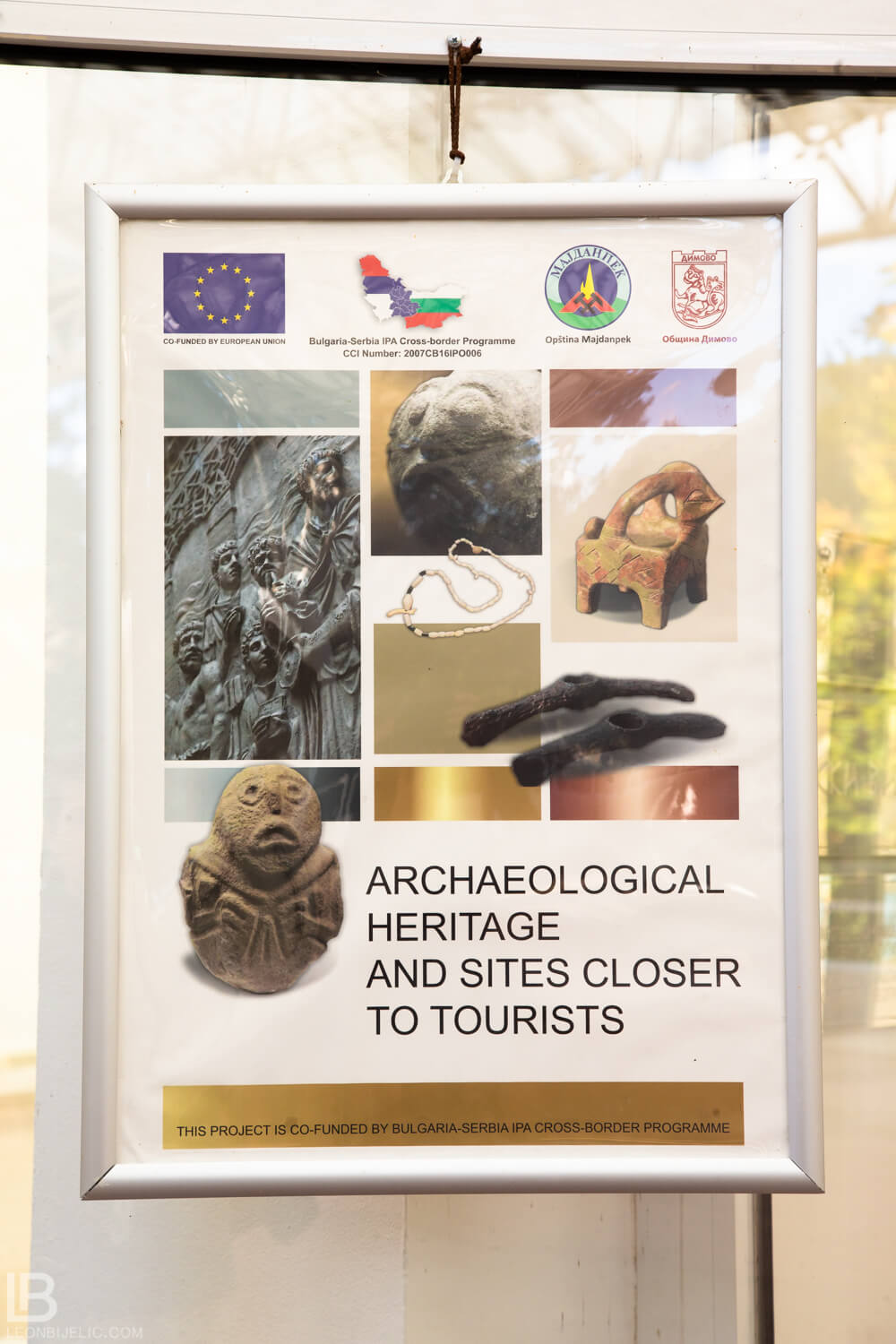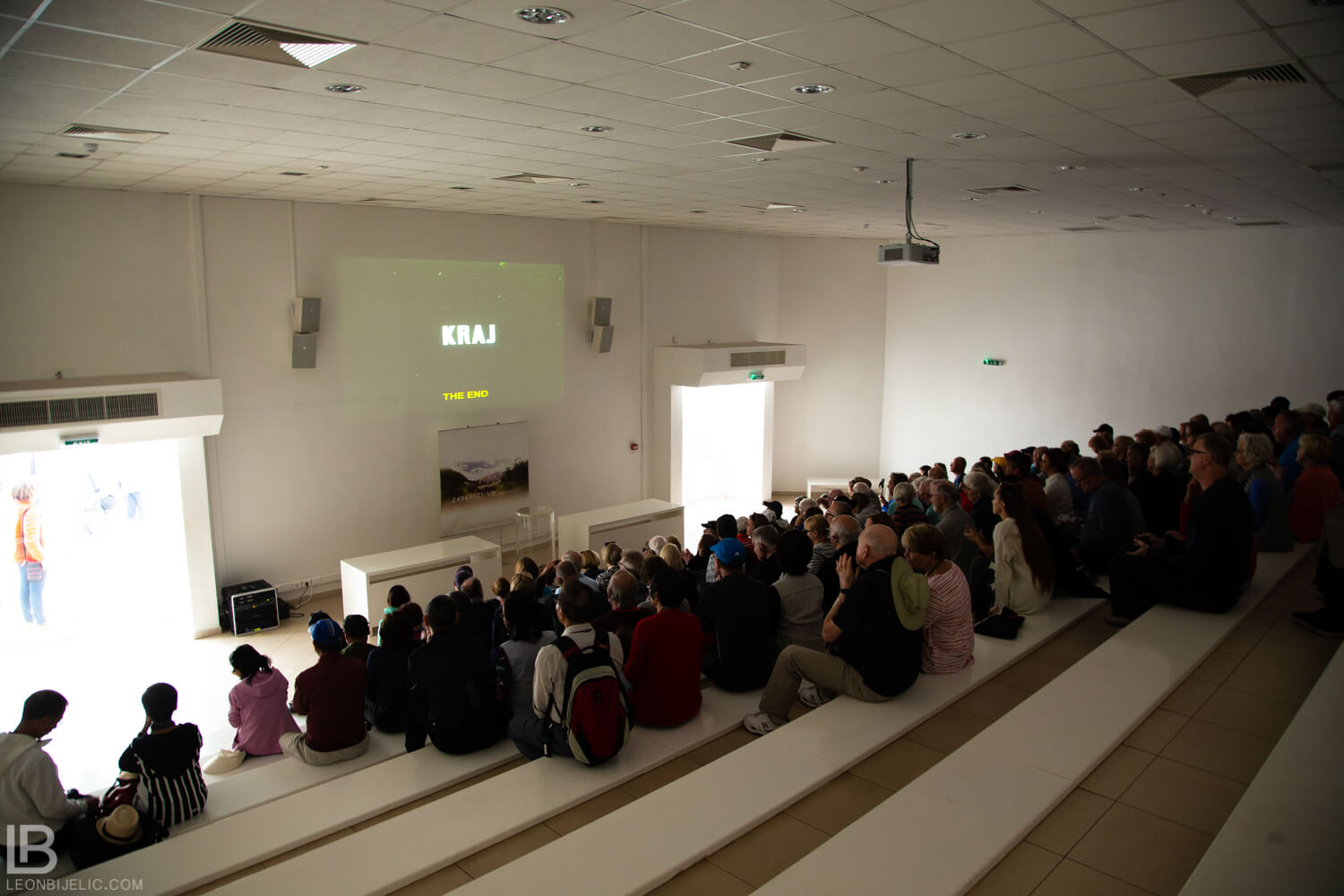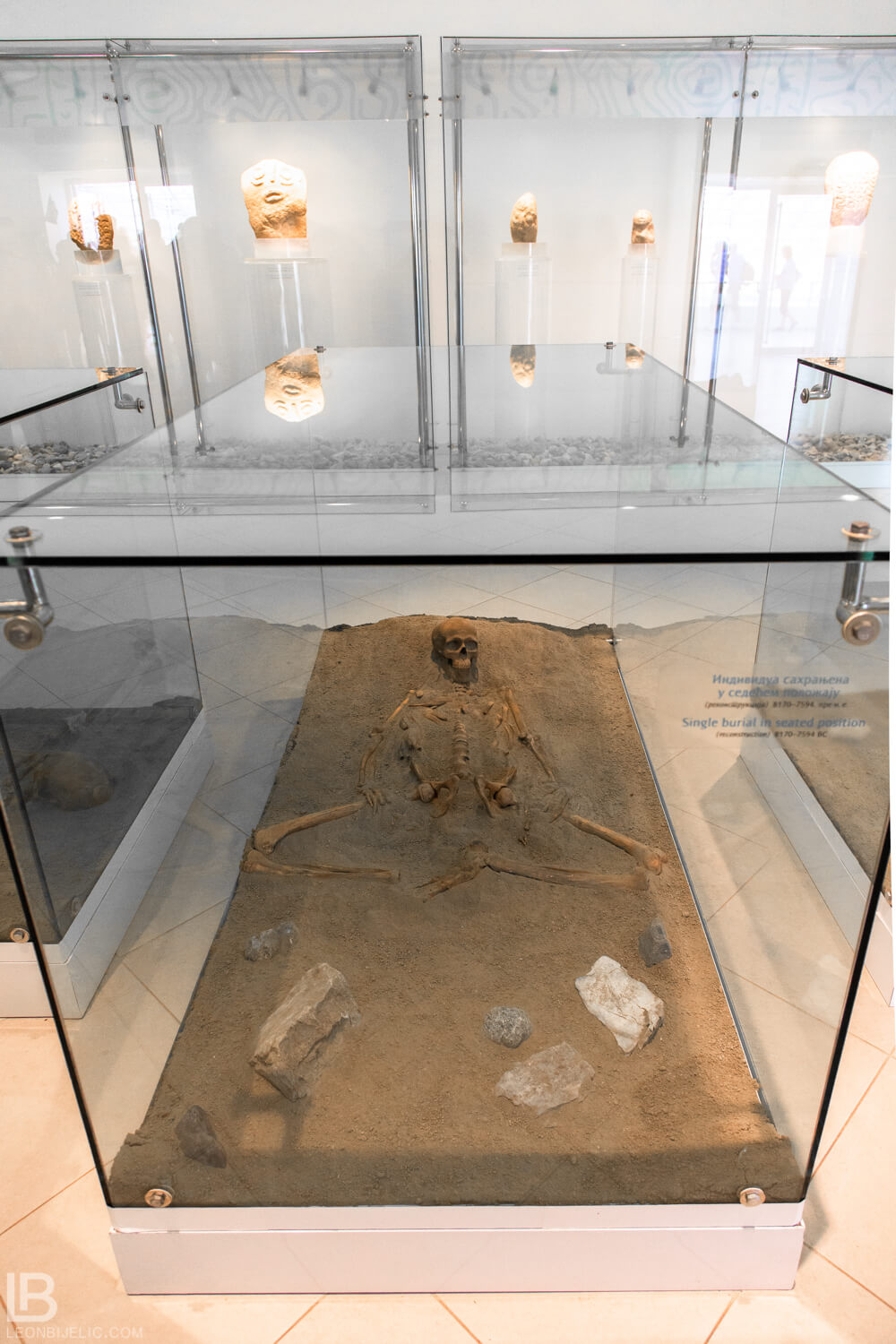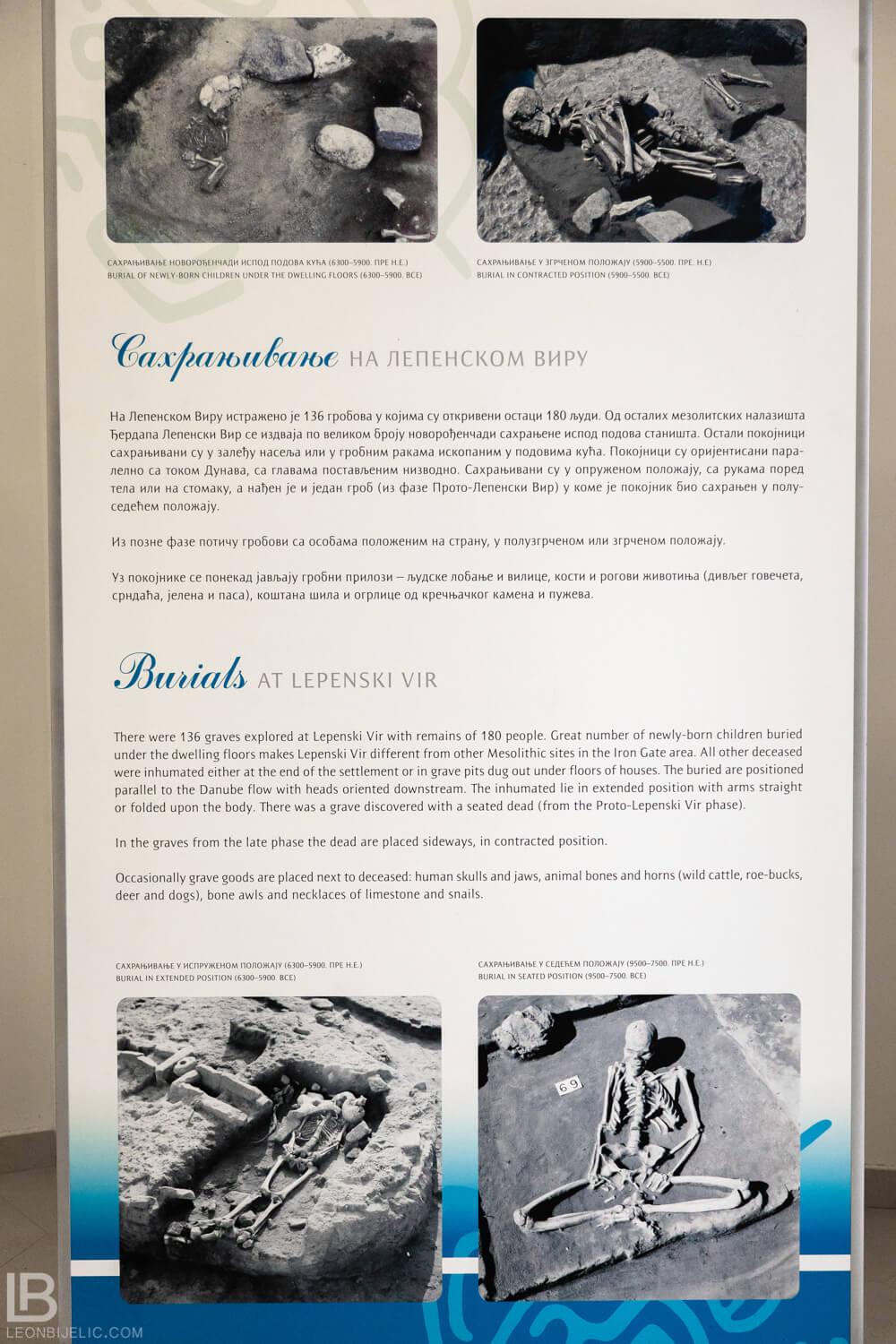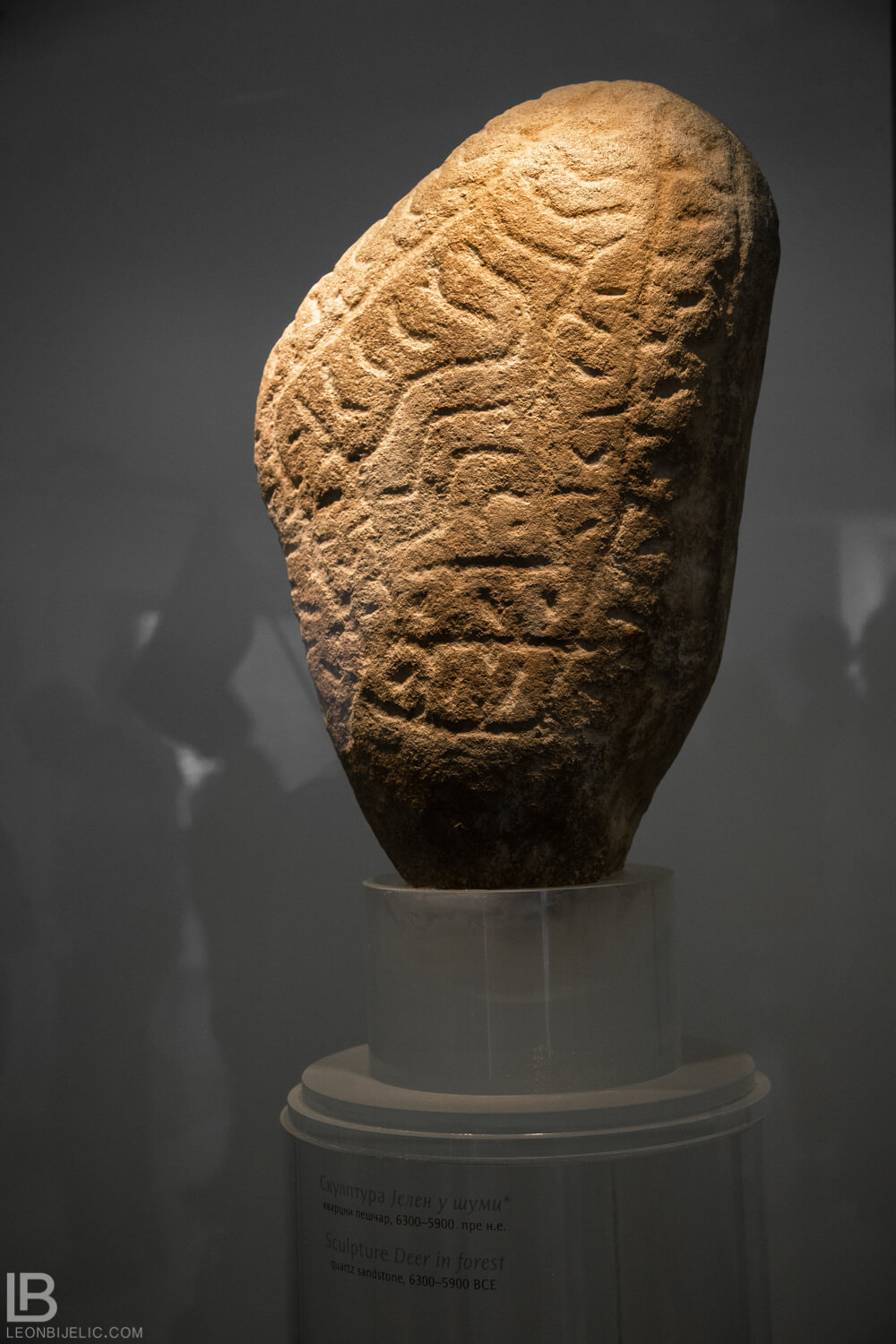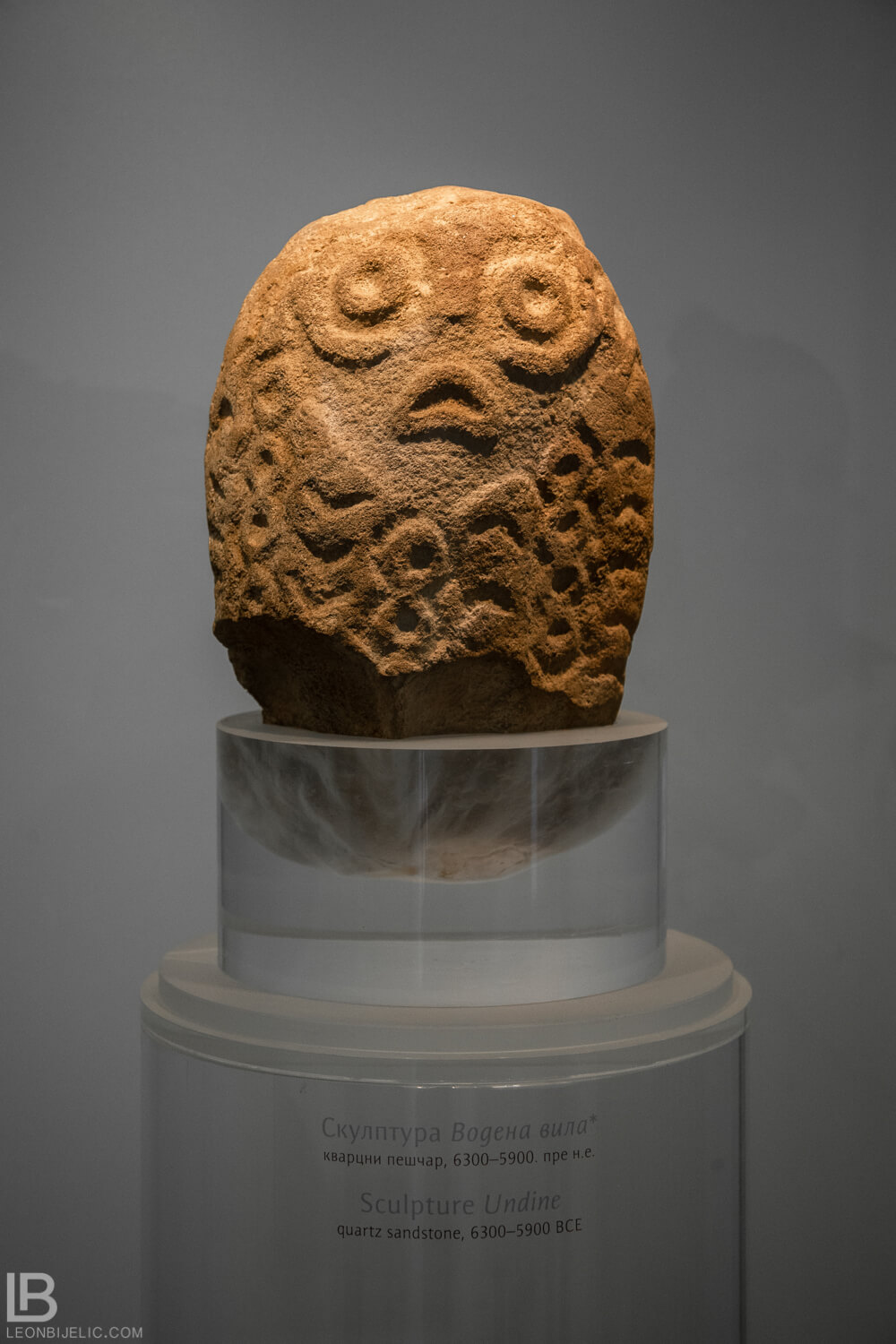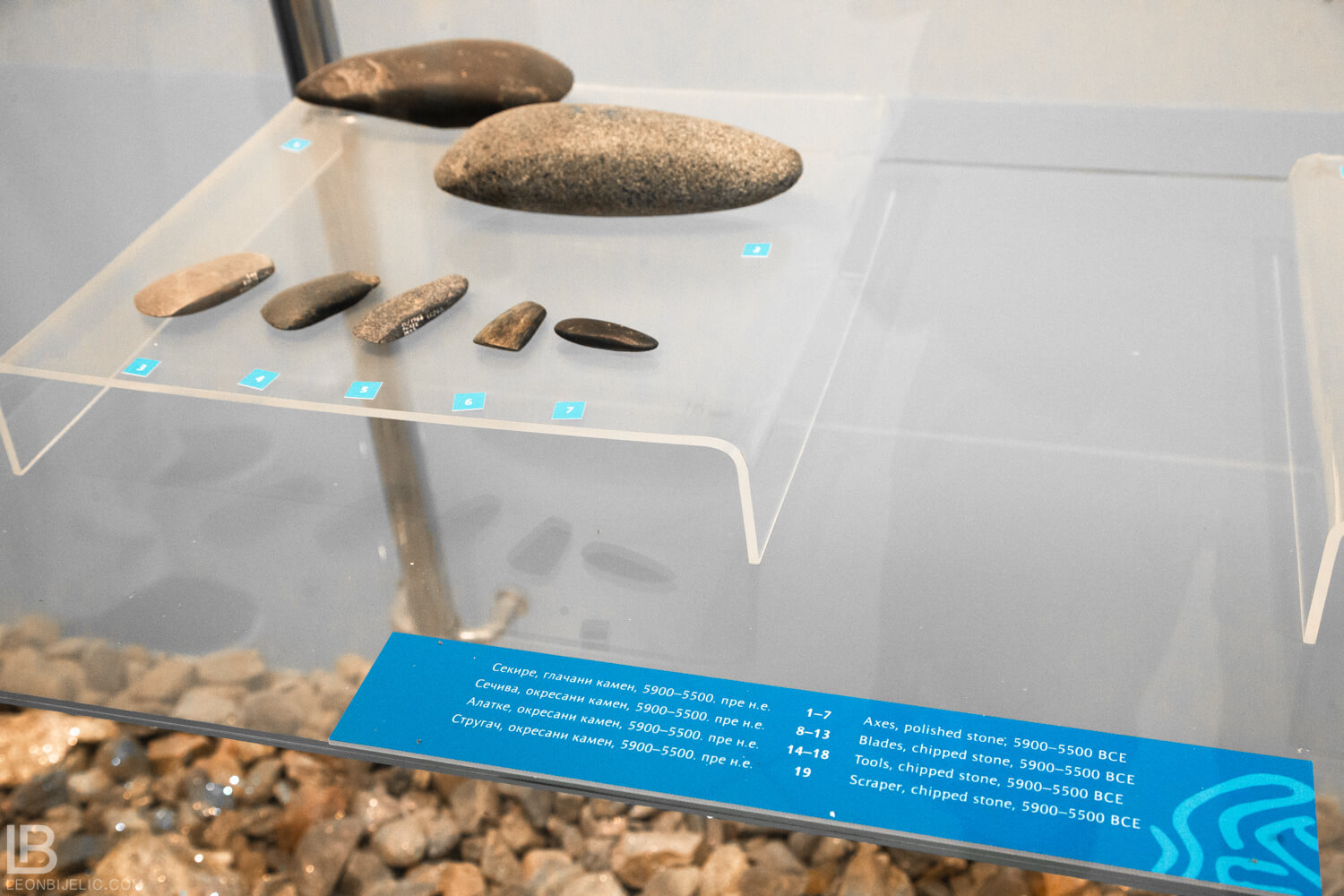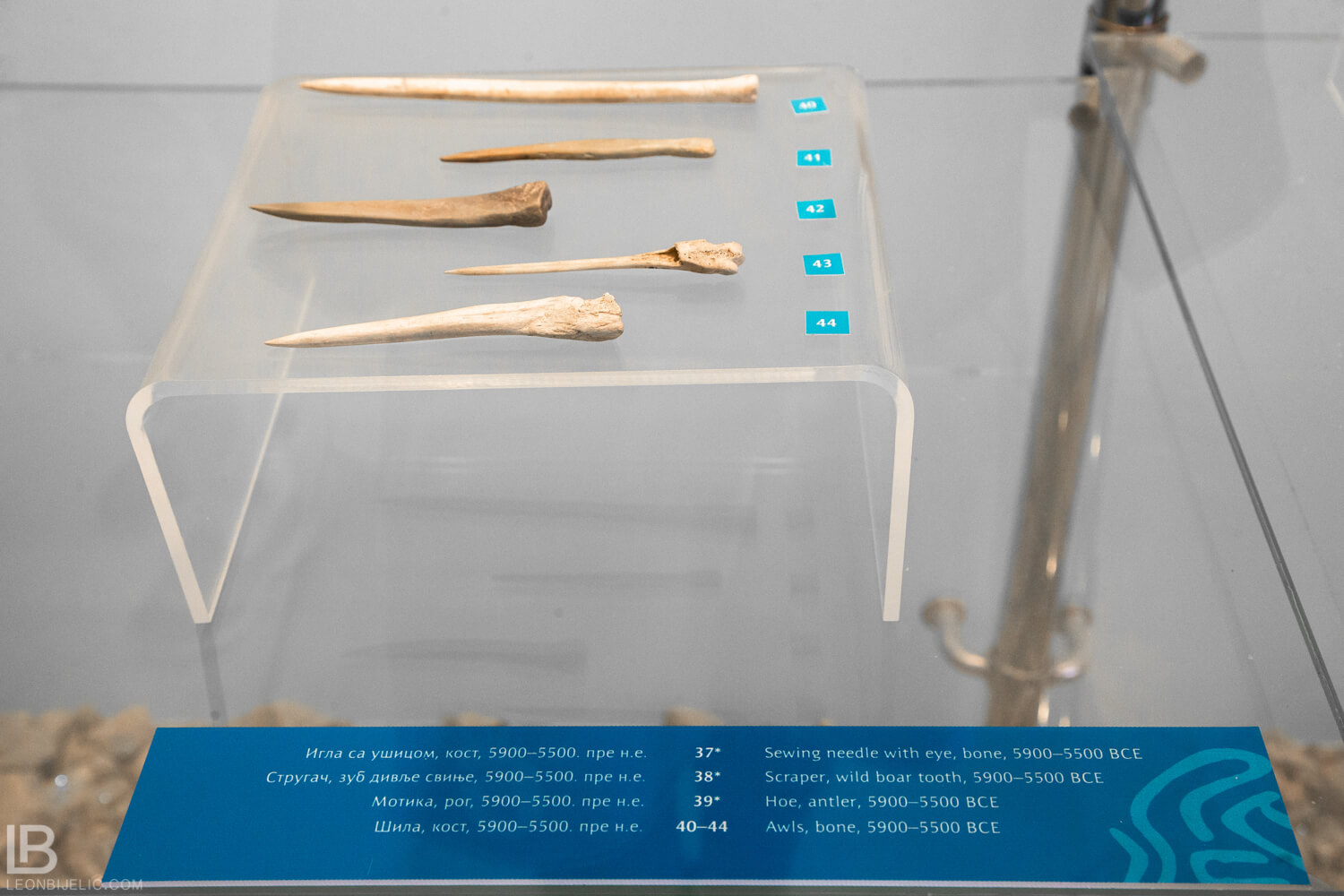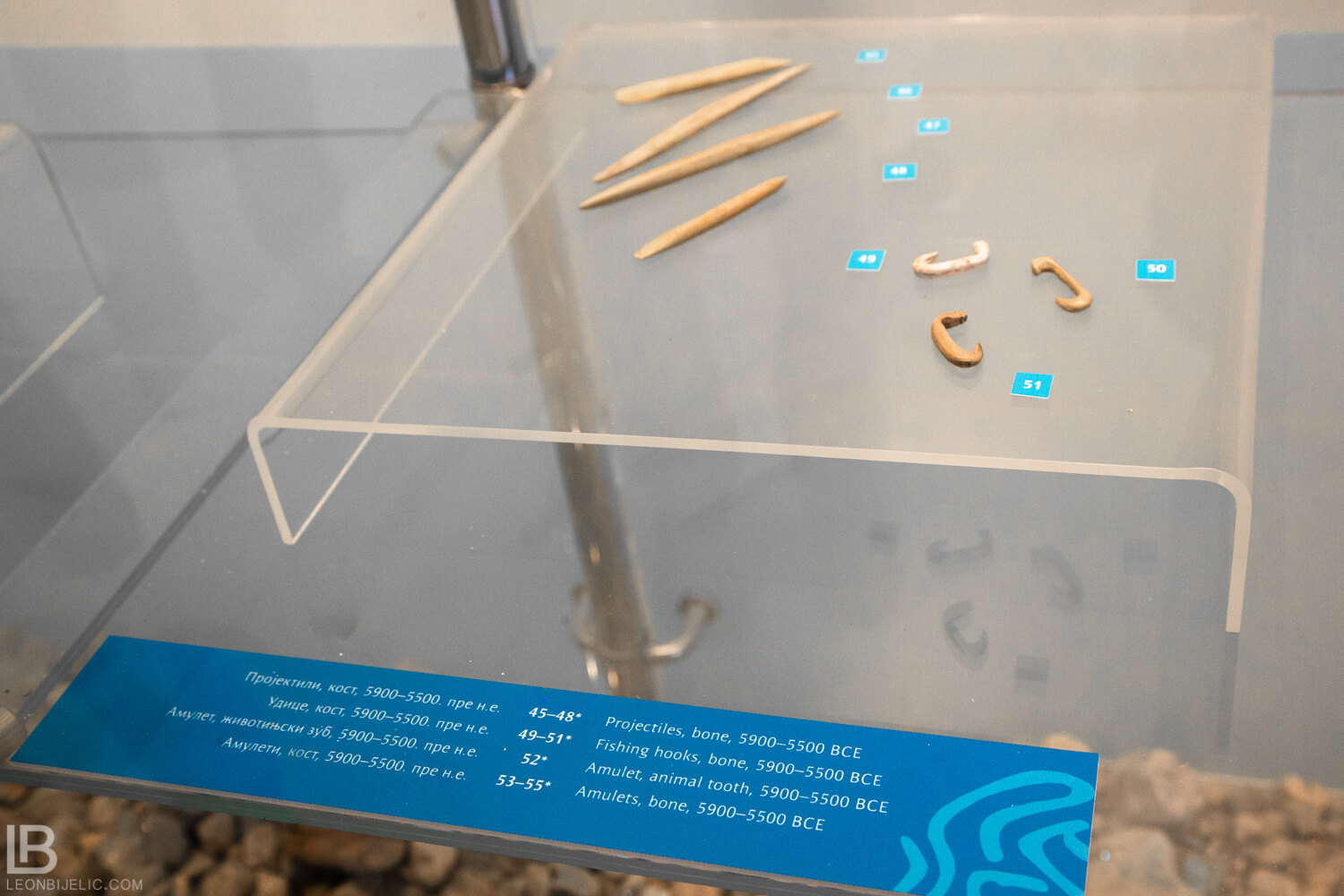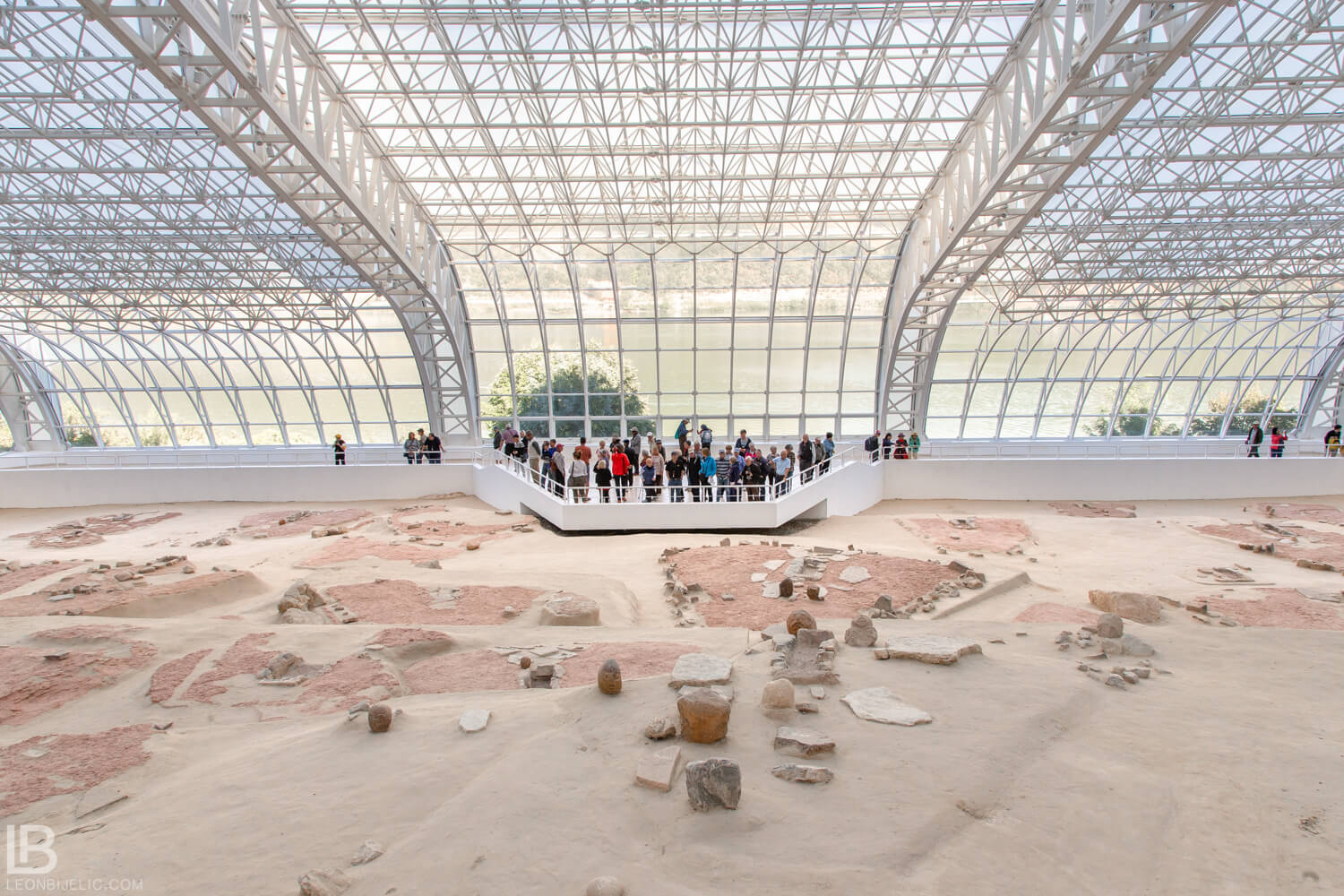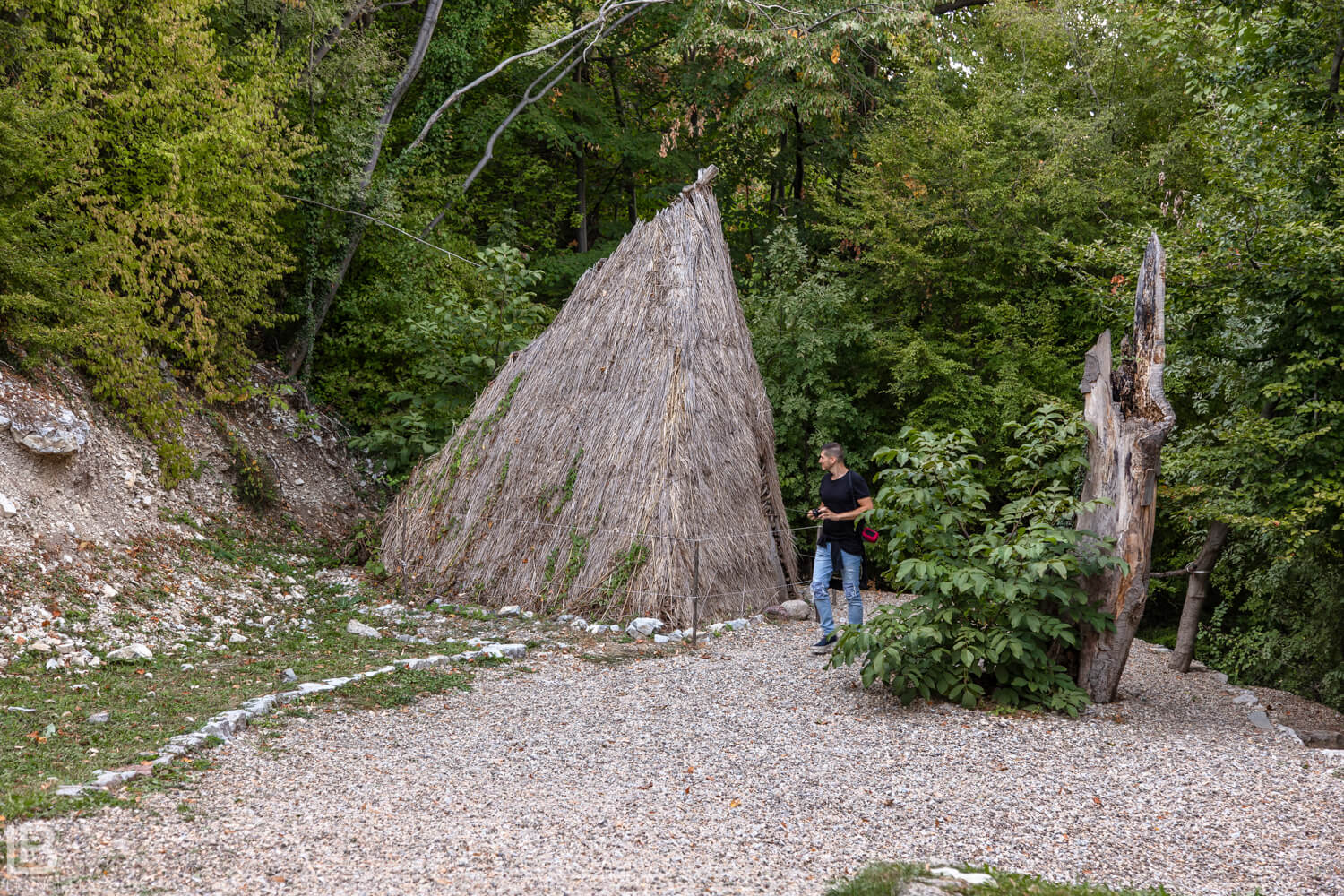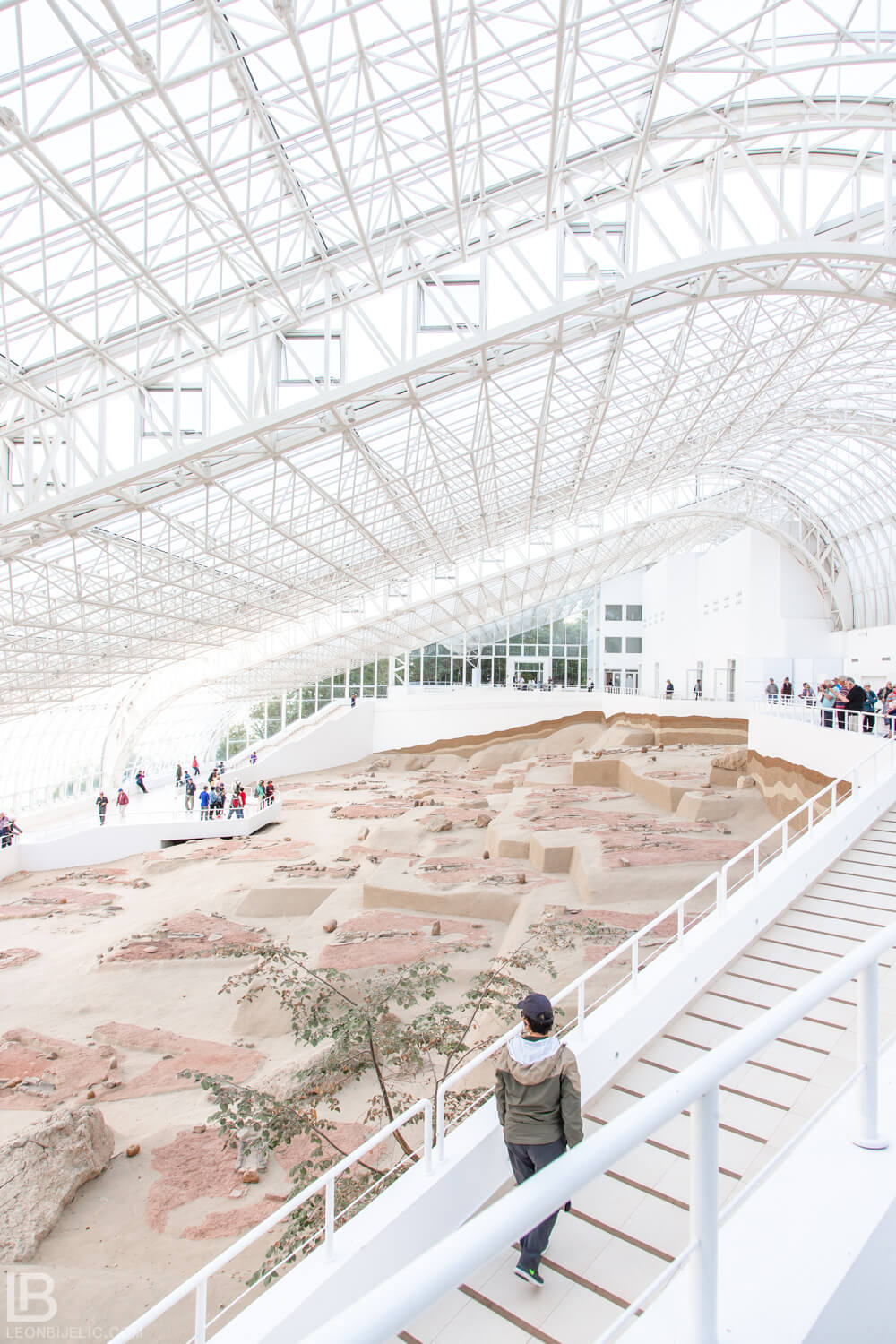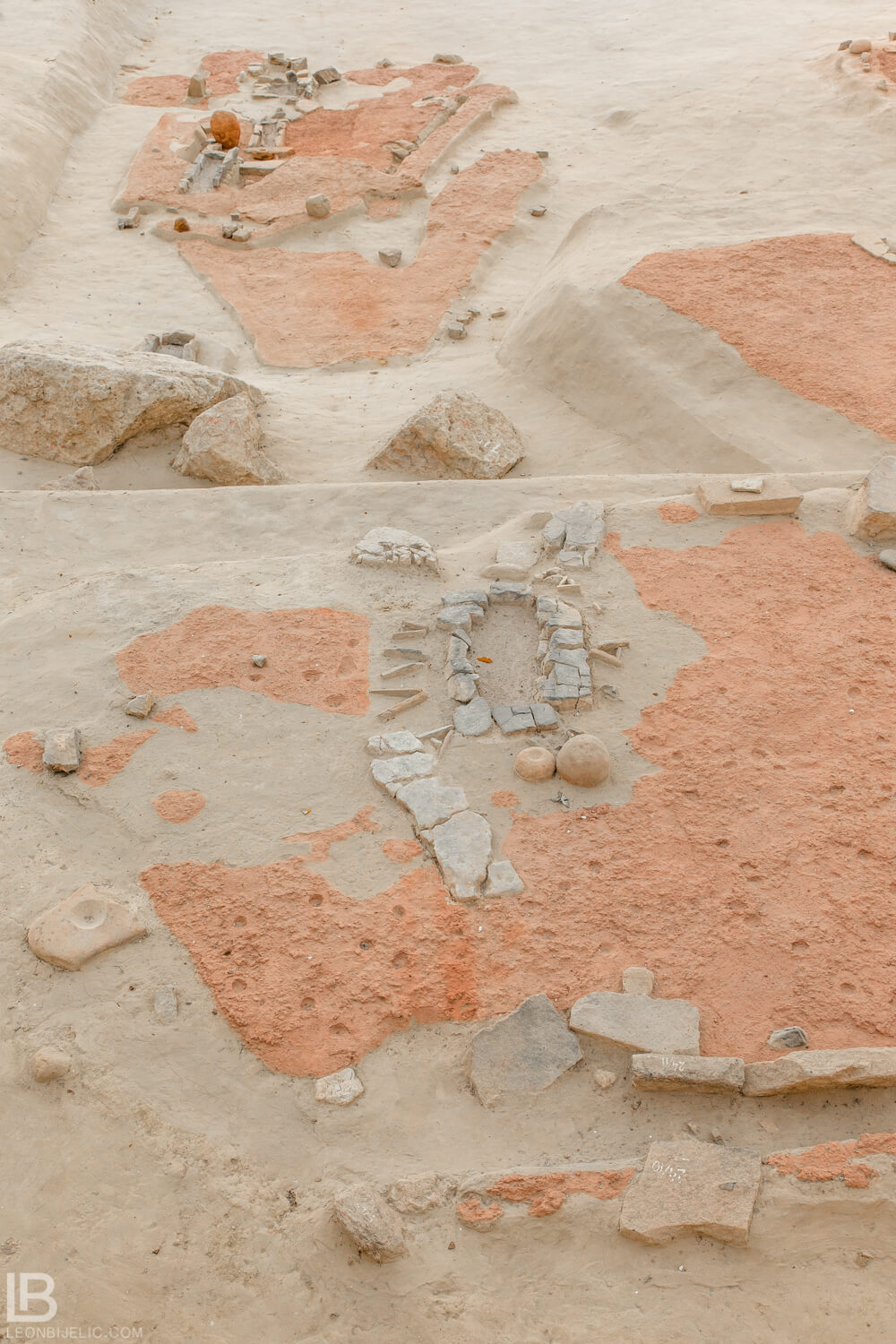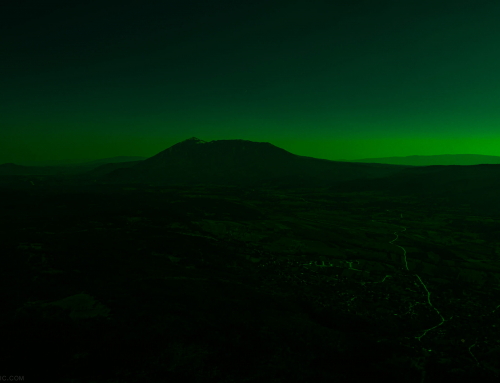SERBIA: LEPENSKI VIR – PREHISTORIC CULTURE
SERBIA: LEPENSKI VIR – PREHISTORIC CULTURE
__
Lepenski Vir is a spectacular archaeological site in Serbia, which is a “chapel of Europe”. Lepenski Vir discovered and investigated in the sixties of the 20th century professor Dr. Dragoslav Srejović, renowned archeologist, academician and professor. The archaeological site of Lepenski Vir is located in the Darda footpath, on the low Danube terrace. It is the center of one of the most important prehistoric cultures.
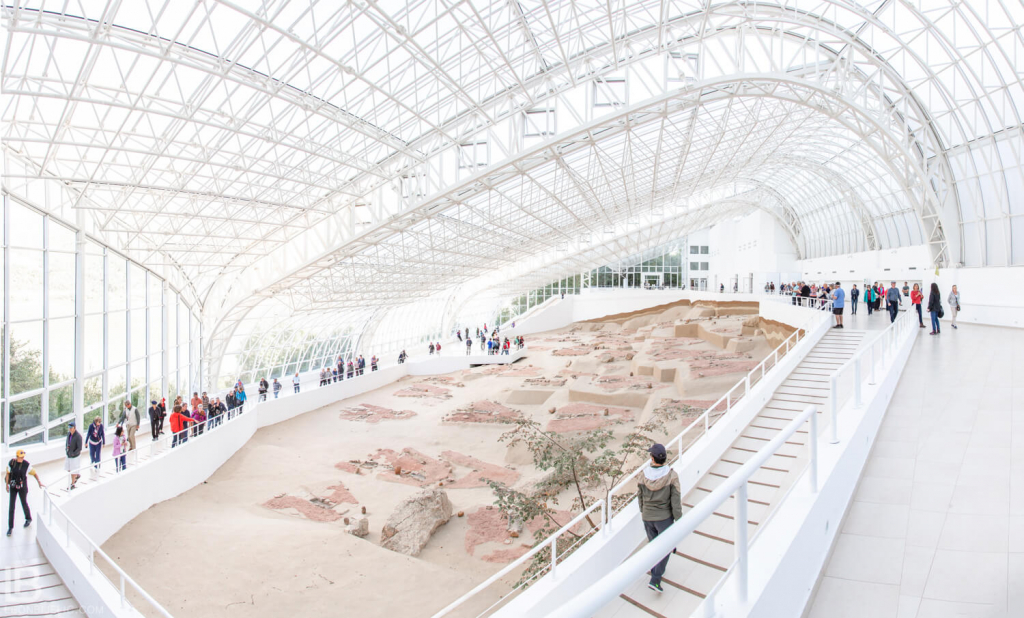
The remains of sacral architecture from the period 6500 to 5500 BC were discovered at the locality of Lepenskog Vira. Lepenski Vir is a Mesozoic archaeological complex, meaning it dates back to the Middle Ages.
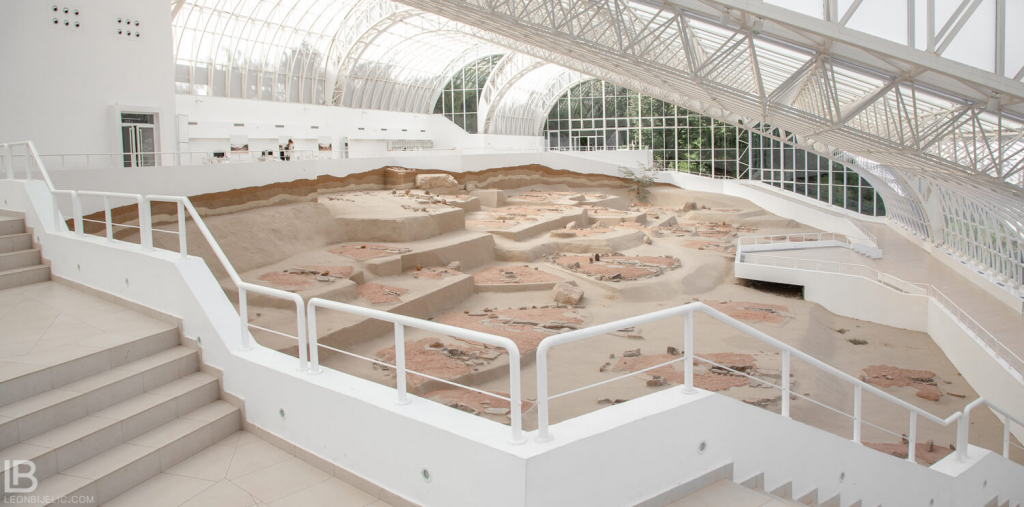
Archaeological research revealed a total of 136 objects. As it would not be flooded by setting up a dam on the Danube for the Hidroelektrana “Đerdap I”, the village of Lepenski Vir was moved to a higher level, where a museum building was built, featuring the most significant archeological finds and copies of the most beautiful sculptures originated at the National Museum in Belgrade
GALLERY
Photographer: @leonbijelic
The latest archaeological research confirms that the inhabitants of this area lived 30,000 years before the new era. Life at Lepensk Viru was abolished around 4500 BC, when its inhabitants started searching for larger areas of cultivation. Lepenski Vir is a monument of culture of outstanding importance, under the protection of the Republic of Serbia. At the archaeological site of Lepenski Vir and a kind of prehistoric museum in the open, jewelry and bones and stones, as well as carved stone plates with symbols and signs most likely to be the basic letter of manuscript – the vince letter – were discovered.
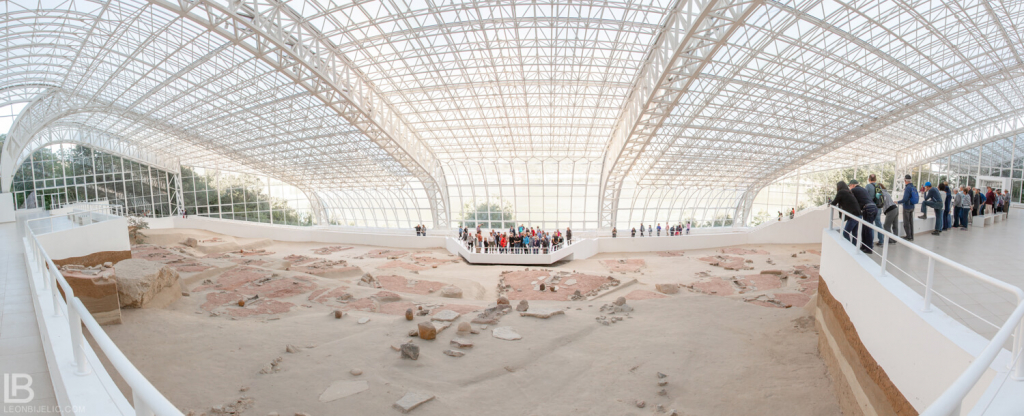
Lepenski Vir is one of the largest and most important prehistoric archeological sites of the Stone Age, located on the right bank of the Danube in Dardaf Castle near Donji Milanovac.
This site was the seat of one of the most complex prehistoric cultures.
With the discovery of the site of a prehistoric settlement named after the Danube River, the image of the Middle and the Lower Stone Age changed, deepening the knowledge of the development of human communities that have been treading the country for nearly 8500 years.


